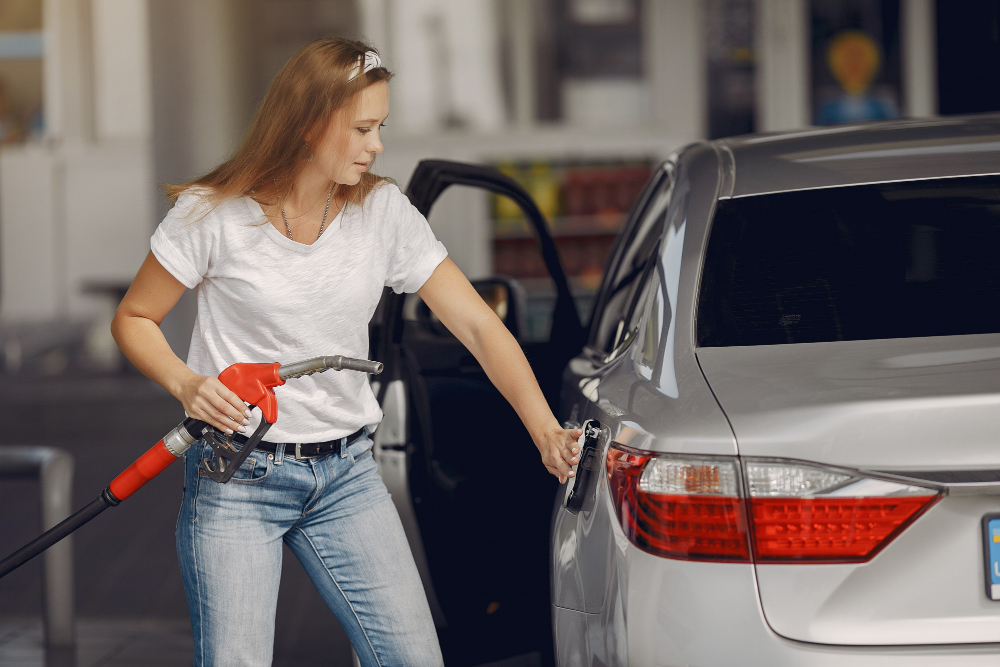
When we think about fueling a vehicle or an aircraft, we often focus on the fuel, the engine, or even the pump. But one component plays a vital role in ensuring that fuel is delivered safely, efficiently, and without spillage: the fuel nozzle. This small yet critical device is a marvel of engineering, designed to handle high flow rates, manage pressure, and prevent leaks. Let’s take a closer look at the fuel nozzle, its types, and why it’s indispensable.
What is a Fuel Nozzle?
A fuel nozzle is the end component of a fueling system that directly controls the flow of fuel into a vehicle’s tank or an aircraft’s fuel system. It connects to the fuel hose and features a valve mechanism that can be opened or closed to allow or stop the flow of fuel. In addition to controlling fuel delivery, modern nozzles are designed to:
-
Prevent overfilling through automatic shut-off mechanisms.
-
Reduce vapor emissions for environmental safety.
-
Handle various fuel types such as gasoline, diesel, or aviation fuel.
Types of Fuel Nozzles
Fuel nozzles are tailored to the needs of different industries, including automotive, aviation, and industrial applications. Some common types include:
1. Automatic Fuel Nozzles
-
Used in gas stations for everyday fueling.
-
Feature an automatic shut-off that stops fuel flow when the tank is full.
2. High-Flow Nozzles
-
Designed for heavy-duty vehicles or fueling large equipment.
-
Allow higher fuel flow rates for quicker fueling.
3. Aviation Fuel Nozzles
-
Specialized nozzles for aircraft, often equipped with pressure regulators and fuel filtration.
-
Must meet strict safety and quality standards.
4. Industrial Fuel Nozzles
-
Used in large-scale fuel delivery systems, such as those for ships or generators.
-
Built to withstand high-pressure environments and corrosive fuel types.
How Does a Fuel Nozzle Work?
A typical fuel nozzle operates through:
-
Manual or automatic triggers that open the fuel valve.
-
Sealing mechanisms that prevent leaks when the nozzle is disengaged.
-
Flow control devices to manage the rate of fuel delivery.
In automatic nozzles, a venturi tube creates a vacuum as fuel flows. When the fuel level in the tank rises and blocks the nozzle tip’s vent, the change in pressure triggers a mechanical shut-off, stopping fuel flow.
Why Are Fuel Nozzles Important?
Fuel nozzles may seem simple, but they play a crucial role in:
-
Safety: Preventing spills, fires, and accidents during fueling.
-
Efficiency: Reducing fuel waste and downtime during refueling.
-
Environmental Protection: Minimizing vapor emissions and fuel spillage.
-
User Experience: Providing a smooth, hassle-free fueling process.
Future of Fuel Nozzles
As the world shifts towards alternative fuels, fuel nozzle technology is also evolving. Hydrogen fueling nozzles are being developed with safety and precision in mind, while electric vehicle charging nozzles (though technically not “fuel”) are redefining the refueling experience for EVs. Innovations in materials, automation, and IoT integration are making nozzles smarter and more efficient than ever before.
Conclusion
The fuel nozzle might not always be in the spotlight, but its contribution to safe, efficient, and eco-friendly fuel delivery is undeniable. Next time you fuel up at the pump or watch an aircraft being refueled, take a moment to appreciate this unsung hero of fueling systems.


